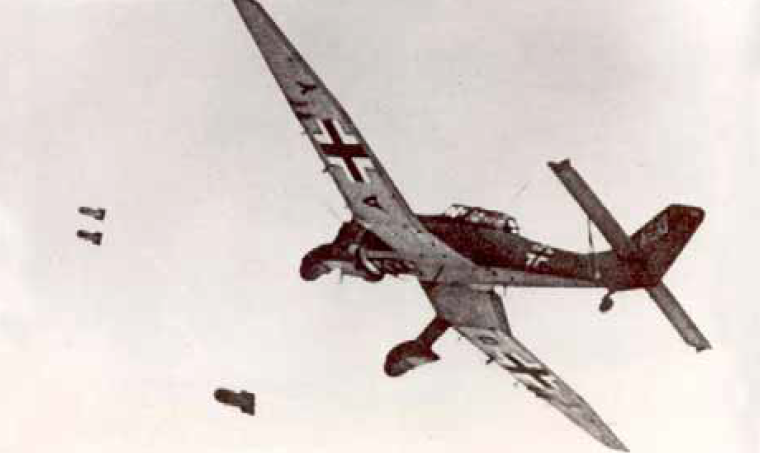6 World War 2 German military materials
During World War II, the German military used a variety of equipment and weapons during their operations on the Greek island of Kefalonia, particularly during their conflict with the Italian Acqui Division in September 1943. The German forces, primarily from the 1st Mountain Division (Gebirgsjäger), were well-equipped for mountainous and rugged terrain. Here is a list of the key military equipment they likely deployed:
1. Small Arms:
• Karabiner 98k: Standard German bolt-action rifle.
• MP 40: Submachine gun widely used by German infantry.
• MG 34 and MG 42: Light and heavy machine guns.
• Walther P38: Standard German semi-automatic pistol.
• Stielhandgranate 24 (“Potato Masher” grenade): German hand grenade.
2. Artillery:
• 7.5 cm leIG 18: Light infantry support gun used by German troops.
• 10.5 cm leFH 18: Light field howitzer, often used for general artillery support.
• 8 cm Granatwerfer 34: German medium mortar.
3. Anti-Tank Weapons:
• Panzerfaust: Anti-tank weapon, although more common later in the war.
• Panzerschreck: Anti-tank rocket launcher.
4. Armored Vehicles:
• Sdkfz 251 (Hanomag): Half-track armored personnel carrier, often used for troop transport.
• Panzer III: Medium tank, though tanks were less common in such rugged environments.
5. Aircraft:
• Junkers Ju 87 Stuka: Dive bomber used for close air support.
• Messerschmitt Bf 109: Fighter aircraft that may have been used in air defense or offensive missions over the area.
6. Transportation:
• Opel Blitz: Standard military truck used for transporting troops and supplies.
• Kettenkrad (SdKfz 2): Half-tracked motorcycle used for reconnaissance and light transport.
7. Naval Support:
• E-boats (Schnellboot): Fast attack boats used for naval patrols and operations in the Ionian Sea.
• Landing crafts: German naval vessels used to transport soldiers and material.
This equipment reflects the standard military gear used by the Wehrmacht, particularly in mountainous and coastal operations like those in Kefalonia. The rugged terrain would have made heavy equipment such as tanks less practical, so light artillery, infantry weapons, and air support were crucial.

